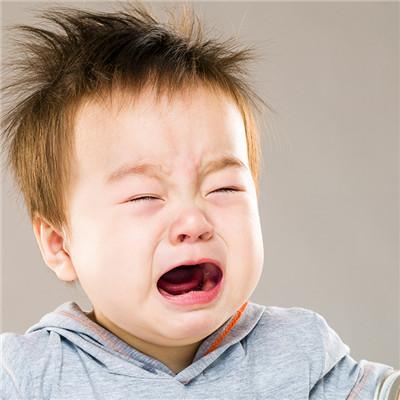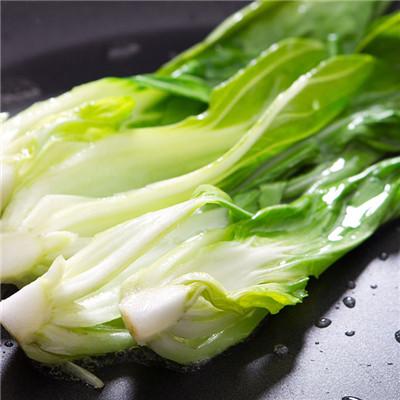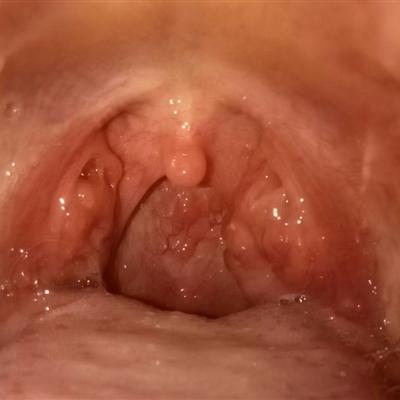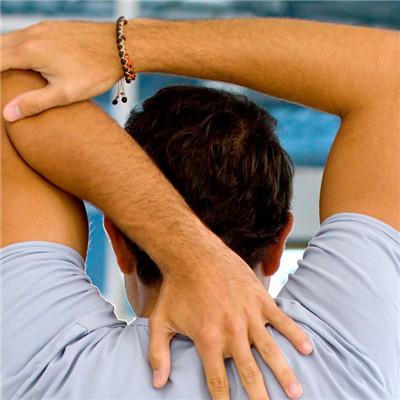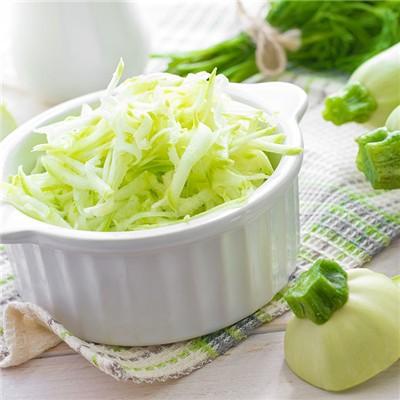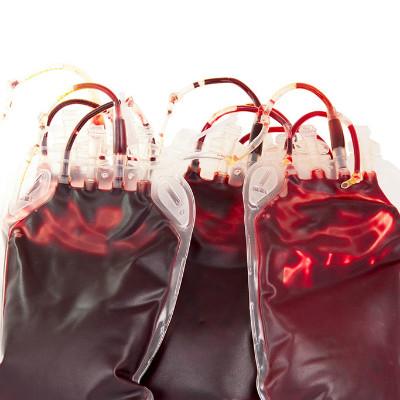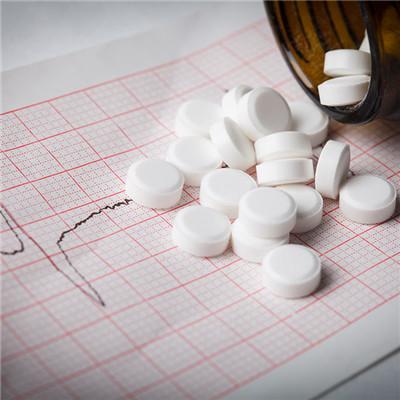Stage 1 symptoms of colon cancer?
summary
Colon cancer is a common digestive tract malignant tumor occurring in the colon, which occurs at the junction of rectum and sigmoid colon. The incidence rate is highest in the 40~50 year old group, and the ratio between men and women is 2 to 3:1. The incidence rate is third of gastrointestinal tumors. The main types of colon cancer were adenocarcinoma, mucinous adenocarcinoma and undifferentiated carcinoma. The general shape was polypoid and ulcerative. Colon cancer can develop along the intestinal wall, spread up and down along the longitudinal diameter of the intestinal wall or infiltrate into the deep layer of the intestinal wall. In addition to lymphatic, blood flow metastasis and local invasion, it can also spread and metastasize to the abdominal cavity or along the suture and incision surface. Patients with chronic colitis, colon polyps and male obesity were susceptible groups. Let's talk about the stage 1 symptoms of colon cancer.
Stage 1 symptoms of colon cancer?
Abdominal pain and gastrointestinal irritation symptoms: most patients have varying degrees of abdominal pain and abdominal discomfort, such as abdominal pain, right abdominal fullness, nausea, vomiting and loss of appetite. After eating, the symptoms often worsen, sometimes accompanied by intermittent diarrhea or constipation, and are easily confused with chronic appendicitis, ileocecal tuberculosis, ileocecal segmental enteritis or lymphoma in the right lower abdomen. Hepatic flexure carcinoma of the colon may present as paroxysmal colic in the right upper abdomen, similar to chronic cholecystitis. It is generally believed that the pain of right colon cancer often reflects to the upper part of umbilicus; The pain of left colon cancer often reflects to the lower part of umbilicus. If the tumor penetrates the intestinal wall, causing local inflammatory adhesion, or forming local abscess after chronic perforation, the pain site is the location of the tumor.
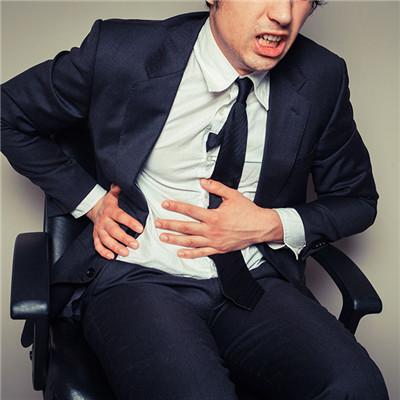
Abdominal mass: irregular shape, hard texture, nodular surface. Transverse colon and sigmoid colon cancer have a certain degree of activity and mild tenderness in the early stage. If ascending and descending colon cancer has penetrated the intestinal wall and adhered to the surrounding organs, chronic perforation forms abscess or perforation of adjacent organs forms internal fistula, the mass is mostly fixed, the edge is not clear, and the tenderness is obvious.
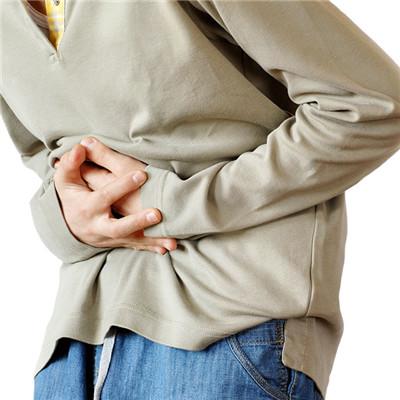
Defecation habit and stool character change: it is the result of cancer necrosis, ulceration and secondary infection. Because the toxin stimulates the colon to produce the change of defecation habit, the frequency of defecation increases or decreases, sometimes diarrhea and constipation appear alternately, abdominal colic can appear before defecation, and relieve after defecation. If the location of the cancer is low or located in the rectum, there may be rectal irritation symptoms such as anal pain, poor defecation or irritability. Feces often do not form, mixed with mucus, pus, sometimes large blood content, often misdiagnosed as dysentery, enteritis, hemorrhoids and bleeding.

matters needing attention
In our daily life, we should actively exercise, reasonably arrange our daily diet, and eat more fresh fruits, vegetables and other foods rich in carbohydrates and crude fiber. For high-risk groups of colon cancer, such as men over 40 years old, patients with familial multiple intestinal polyps, patients with ulcerative colitis, patients with chronic schistosomiasis and people with family history of colon cancer, we should regularly check, Be alert to the signal and early symptoms of colon cancer.
